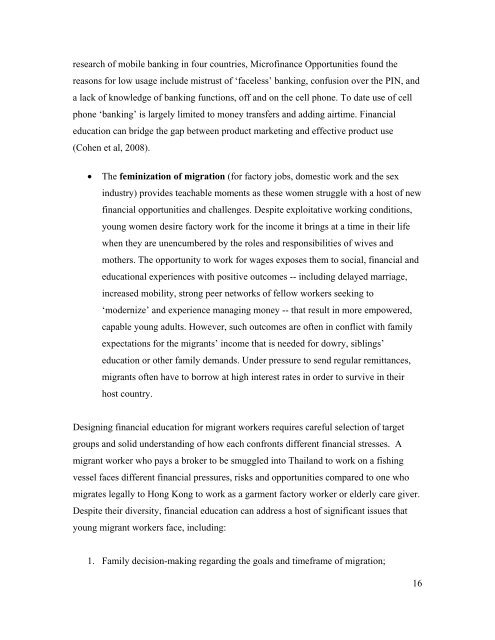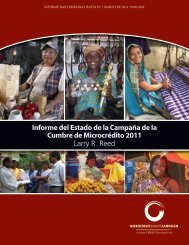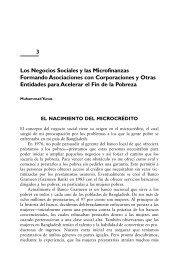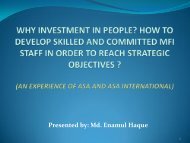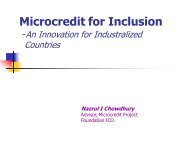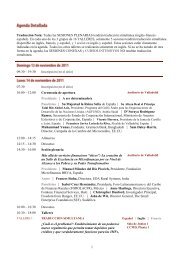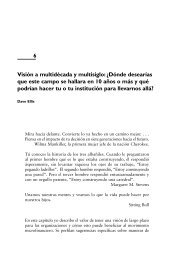Financial Literacy: A Step for Clients towards Financial Inclusion
Financial Literacy: A Step for Clients towards Financial Inclusion
Financial Literacy: A Step for Clients towards Financial Inclusion
You also want an ePaper? Increase the reach of your titles
YUMPU automatically turns print PDFs into web optimized ePapers that Google loves.
esearch of mobile banking in four countries, Microfinance Opportunities found the<br />
reasons <strong>for</strong> low usage include mistrust of ‘faceless’ banking, confusion over the PIN, and<br />
a lack of knowledge of banking functions, off and on the cell phone. To date use of cell<br />
phone ‘banking’ is largely limited to money transfers and adding airtime. <strong>Financial</strong><br />
education can bridge the gap between product marketing and effective product use<br />
(Cohen et al, 2008).<br />
<br />
The feminization of migration (<strong>for</strong> factory jobs, domestic work and the sex<br />
industry) provides teachable moments as these women struggle with a host of new<br />
financial opportunities and challenges. Despite exploitative working conditions,<br />
young women desire factory work <strong>for</strong> the income it brings at a time in their life<br />
when they are unencumbered by the roles and responsibilities of wives and<br />
mothers. The opportunity to work <strong>for</strong> wages exposes them to social, financial and<br />
educational experiences with positive outcomes -- including delayed marriage,<br />
increased mobility, strong peer networks of fellow workers seeking to<br />
‘modernize’ and experience managing money -- that result in more empowered,<br />
capable young adults. However, such outcomes are often in conflict with family<br />
expectations <strong>for</strong> the migrants’ income that is needed <strong>for</strong> dowry, siblings’<br />
education or other family demands. Under pressure to send regular remittances,<br />
migrants often have to borrow at high interest rates in order to survive in their<br />
host country.<br />
Designing financial education <strong>for</strong> migrant workers requires careful selection of target<br />
groups and solid understanding of how each confronts different financial stresses. A<br />
migrant worker who pays a broker to be smuggled into Thailand to work on a fishing<br />
vessel faces different financial pressures, risks and opportunities compared to one who<br />
migrates legally to Hong Kong to work as a garment factory worker or elderly care giver.<br />
Despite their diversity, financial education can address a host of significant issues that<br />
young migrant workers face, including:<br />
1. Family decision-making regarding the goals and timeframe of migration;<br />
16


